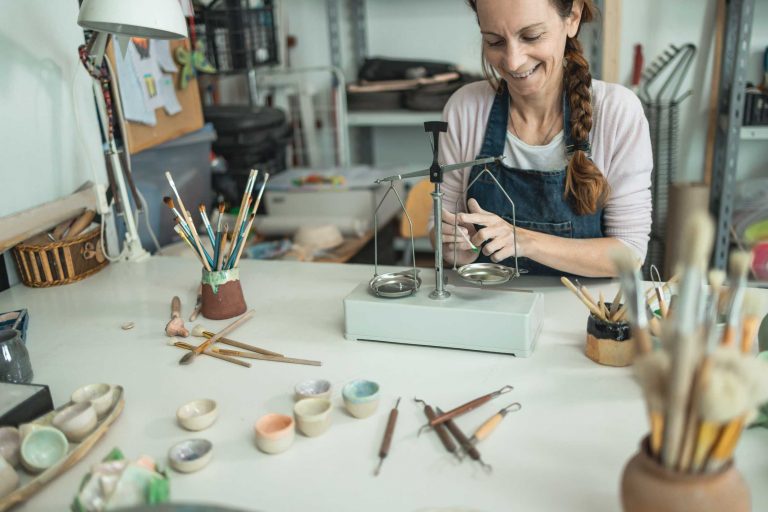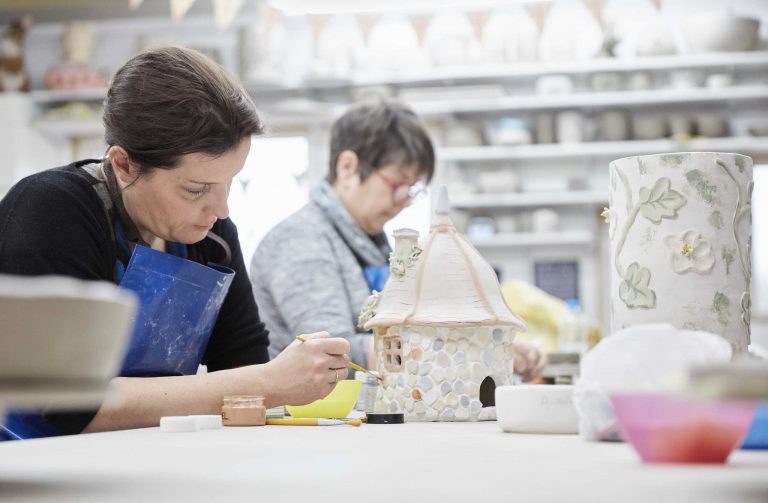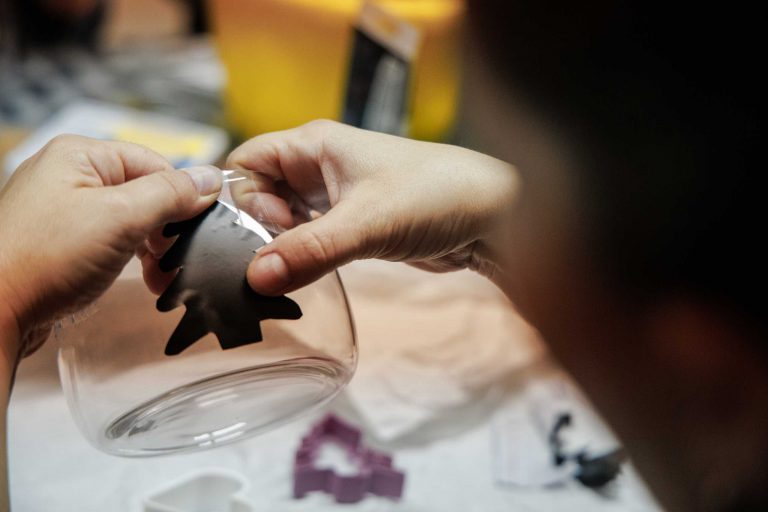Miniature sculpting is a captivating art form that challenges the conventional boundaries of creativity. While many might assume that working on a tiny scale restricts artistic freedom, the truth is quite the opposite. The miniature world is a vast playground where imagination thrives in every delicate detail.
Precision Meets Passion
Creating miniatures demands a unique blend of skills:
- Patience: Sculpting at such a small scale requires careful, deliberate movements. Rushing can ruin hours of intricate work.
- Attention to Detail: Every tiny curve, line, or texture carries significance and shapes the final piece.
- Material Mastery: Understanding how clay, resin, or polymer behaves on a miniature scale is essential for success.
These skills combine to make miniature sculpting both a technical challenge and a deeply rewarding experience.
Storytelling in the Smallest Form
Miniatures are more than just scaled-down replicas — they’re storytelling devices. Their small size invites viewers to engage closely, to explore hidden narratives that larger pieces might not reveal. This intimacy creates a special connection between the artwork and its audience.
Some popular miniature subjects include:
- Characters with expressive poses
- Fantasy creatures brought to life with fine details
- Everyday objects transformed into tiny masterpieces
- Miniature food that looks almost good enough to eat
Each subject offers endless opportunities to tell a story through shape, texture, and composition.
The Meditative Craft
Beyond the technical and creative aspects, miniature sculpting has a calming effect. The concentration needed to work on such a detailed level encourages mindfulness, making the process meditative and stress-relieving.
Artists often describe their sculpting sessions as moments of flow — where time fades away and the only focus is the tactile connection between hand, tool, and material.
Why Learn Miniature Sculpting?
Here’s why this art form has gained popularity worldwide:
- Accessible to Beginners: You don’t need massive tools or expensive materials to start.
- Portable Hobby: Small materials and compact workspaces make it easy to practice anywhere.
- Community and Inspiration: Miniature artists often share their work online, fostering an inspiring and supportive network.
- Creative Versatility: You can sculpt anything — from realistic figures to abstract shapes.
Final Thoughts
Miniature sculpting proves that creativity isn’t limited by size — it’s amplified. The delicate balance between precision and passion, technical skill and imagination, makes this art form endlessly fascinating. Whether you’re a hobbyist or an aspiring professional, diving into miniature sculpting opens up a world where the smallest creations make the biggest impact.




